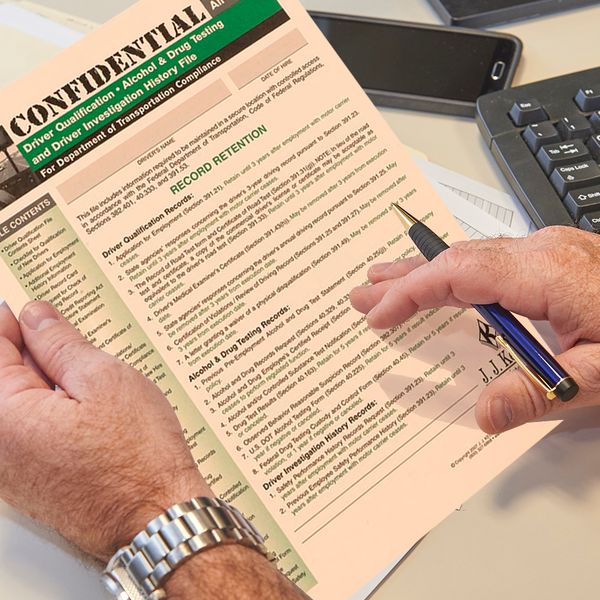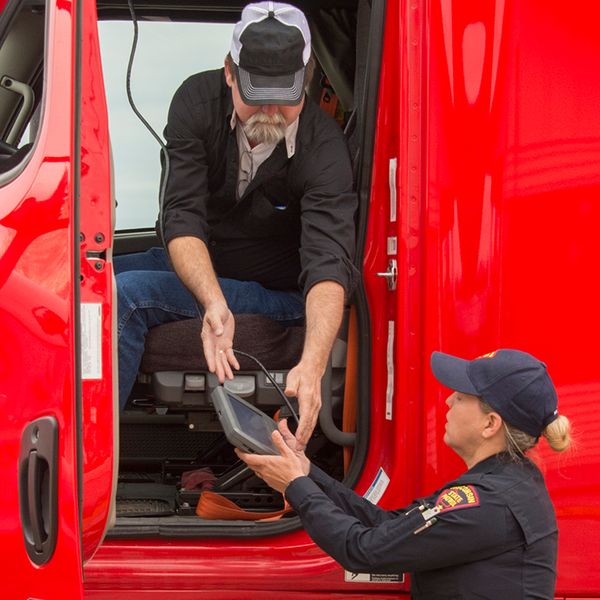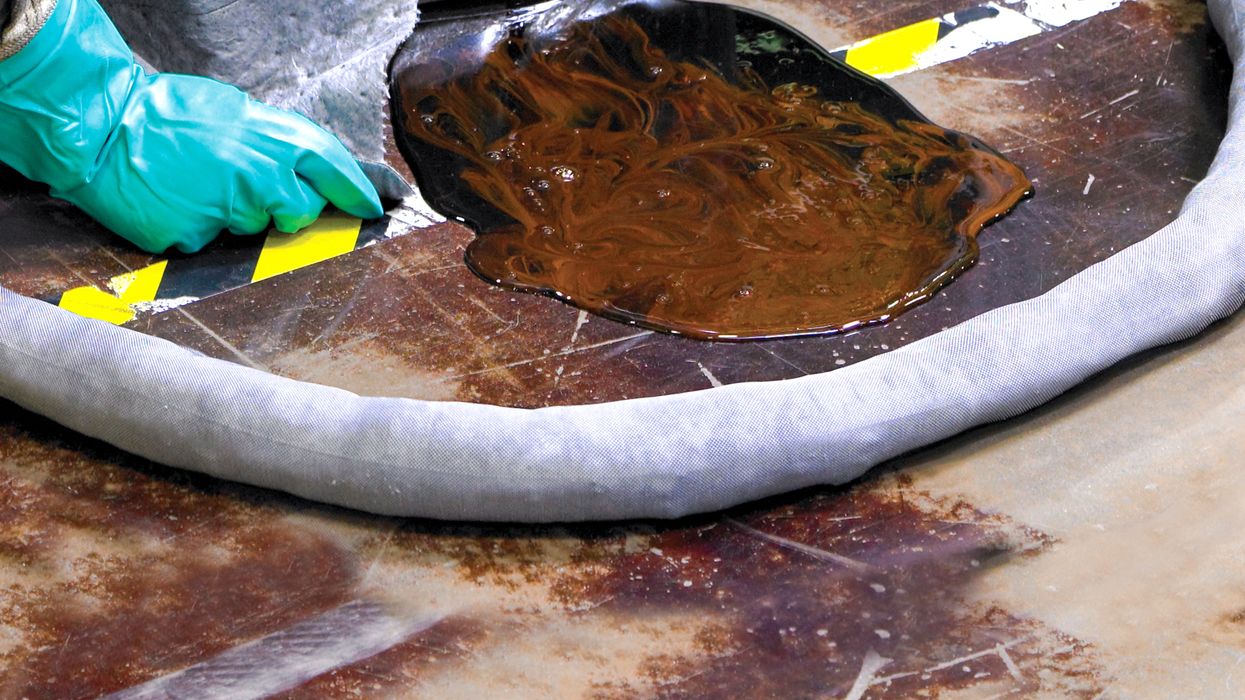How many MVRs do we have to run on a driver?
Due to several different regulatory and qualification requirements, you may have to run, or “pull” several motor vehicle reports (MVRs) per year on a driver.
Here is when MVRs are required, and the regulation involved:
- §391.23(a)(1): When you hire a driver, you have 30 days to get an MVR from all states the driver was licensed in over the previous three years. These MVRs must be kept in the driver’s qualification (DQ) file for the entire time the driver is employed, plus three years.
- §391.51(b)(7)(ii): If the driver is a CDL driver, you must have an MVR showing the driver is medically qualified before the driver operates a CMV for you. There is an exception to this, however. The driver can operate a CMV requiring a CDL for you if the driver has a medical card that was issued within the previous 15 days and you place a copy of the card in the driver’s DQ file.
- §391.25(a): You must run an annual MVR on each driver within 12 months of the last MVR. This MVR must be reviewed by a supervisor to verify that the driver is still operating safely.
- §391.51(b)(7)(ii): Whenever a CDL driver renews his or her medical card, you are required to run a new MVR within 15 days to verify that the new medical qualification information is on it. You must then retain this MVR as proof that the driver is medically qualified.
Combining MVR runs
It is permissible to combine MVR pulls. With the cost of MVRs, this could save you money. Here are a couple of examples of combining MVR pulls to reduce the number you need to run each year:
- You can use the initial MVR from the driver’s current license state at time of hire as proof the driver is medically qualified, provided you receive it before the driver operates a CMV for you.
- You can run the medical verification MVR and then use that same MVR as an annual review MVR. This would then create a situation where the next annual review MVR is not due for a year. However, if the driver’s annual MVR is due before the driver renews his or her medical qualifications, you cannot delay the running of the annual MVR until after the physical.
Using an employer notification system
Another way to reduce the number of MVRs you must run is to enroll your company in a push-type employer notification system (ENS) and have the driver assigned to you in the system. A push-type ENS will notify you whenever there is a change on the driver’s license. This can take the place of having to run the annual MVRs. During an audit, rather than having to show that you have run annual MVRs, all you need to show is that the driver being audited is on your list of drivers in the push-type ENS program.
Key to remember: As a carrier, one of your core functions is to make sure your drivers remain qualified. To meet this responsibility, you are required to run an MVR at specific intervals and when specific events occur.



























































